Pleated umbrellas
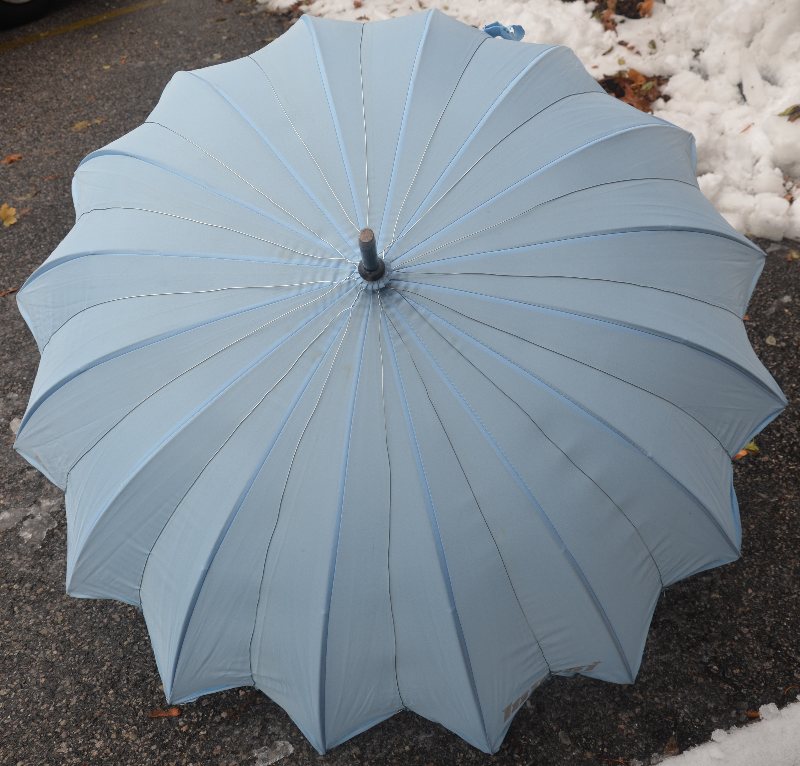
Pleated umbrella (prototype, 2014)
Umbrellas work quite effectively if pleated.
Pleats reduce the need for the fabric to be able to sustain tensile forces.
They divide the structural roles more cleanly into three different categories:
- Compression;
- Tension;
- Waterproof skin.
With a greater division of roles, each element can concentrate on playing
its own role more effectively, without having to do several things at
once.
Cables also act to support the fabric more frequently, reducing the area
span it must cover without support. Alternatively, for the same clear span,
the number of compression elements goes down - reducing the overall weight.
There is a much-reduced need to use a fabric that can curve into anticlastic
shapes.
Also, a pleated umbrella is much less likely to turn itself inside out.
As with domes, thickness adds strength. Pleating generates three-dimensional structure, and
increases structural integrity.
However, probably what will help this kind of umbrella to eventually enter the marketplace
is that they are clearly unusual and cool.
Pleated 16-spoke umbrella prototype (2014)
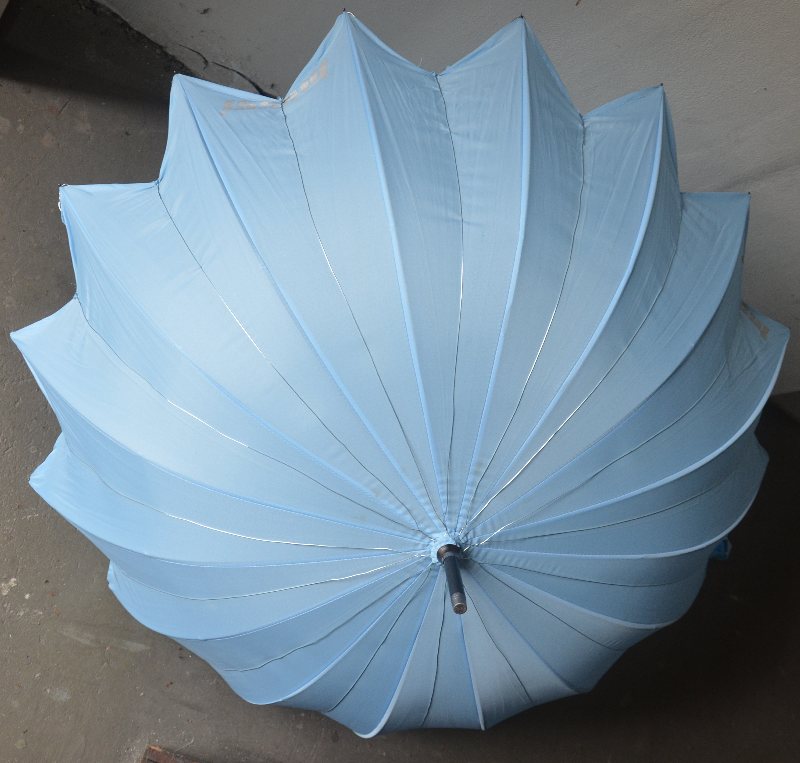
Pleated umbrella (wire prototype)
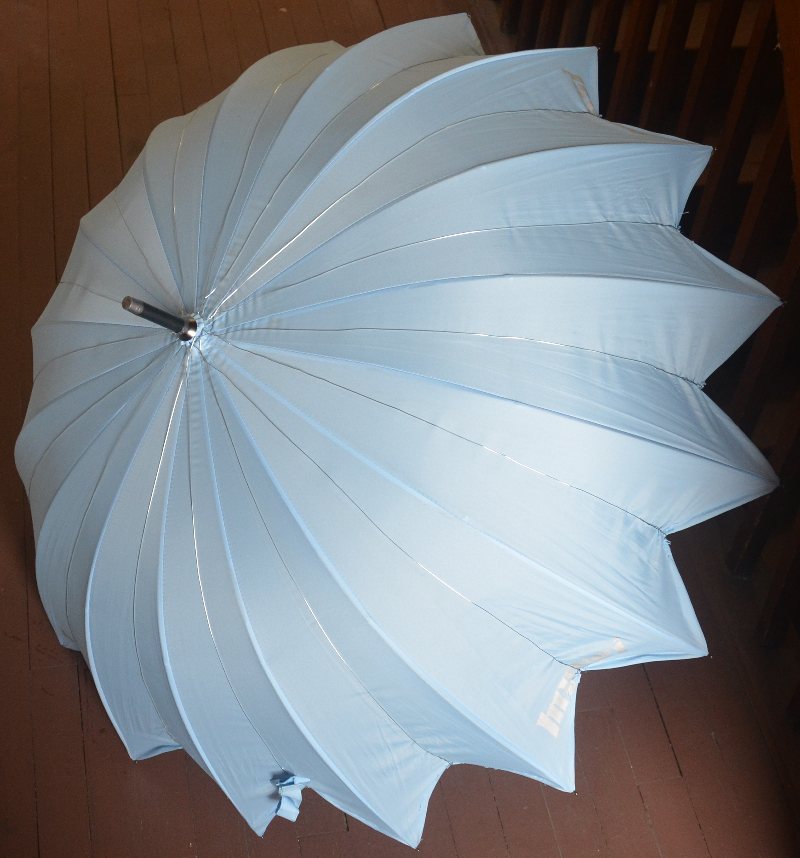
Pleated umbrella (wire prototype)
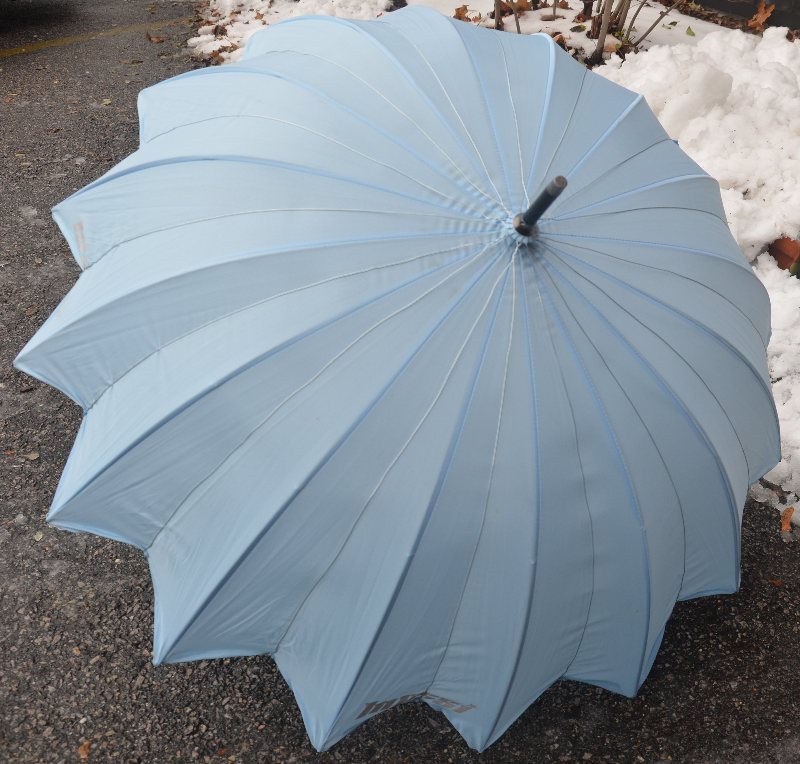
Pleated umbrella (wire prototype)
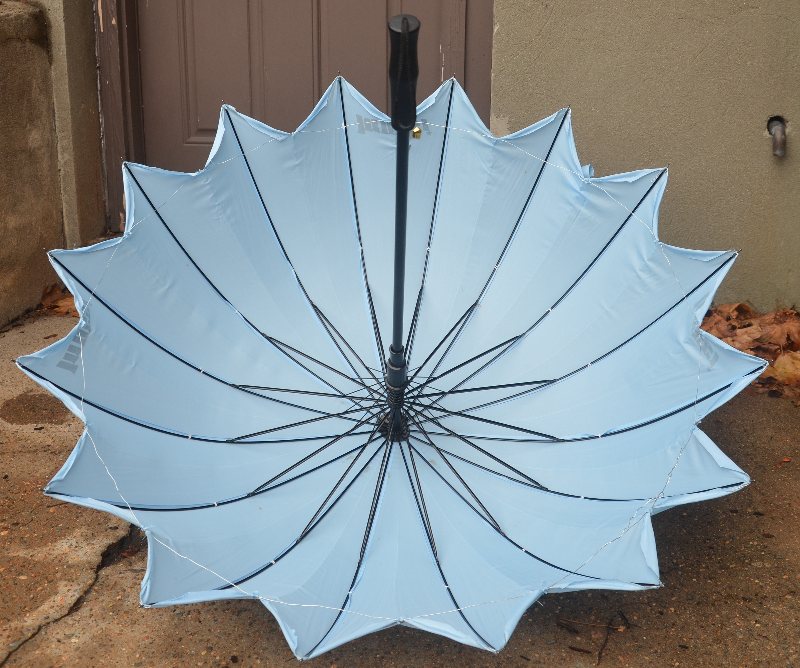
Pleated umbrella (wire prototype)
Pleated 16-spoke umbrella prototype (2013)
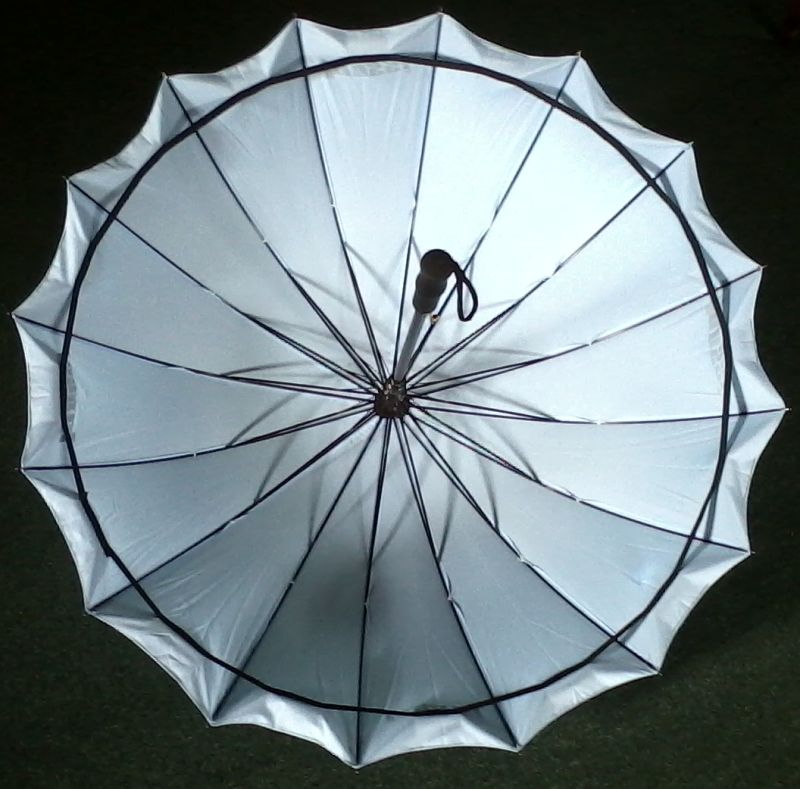
Pleated umbrella (first design)
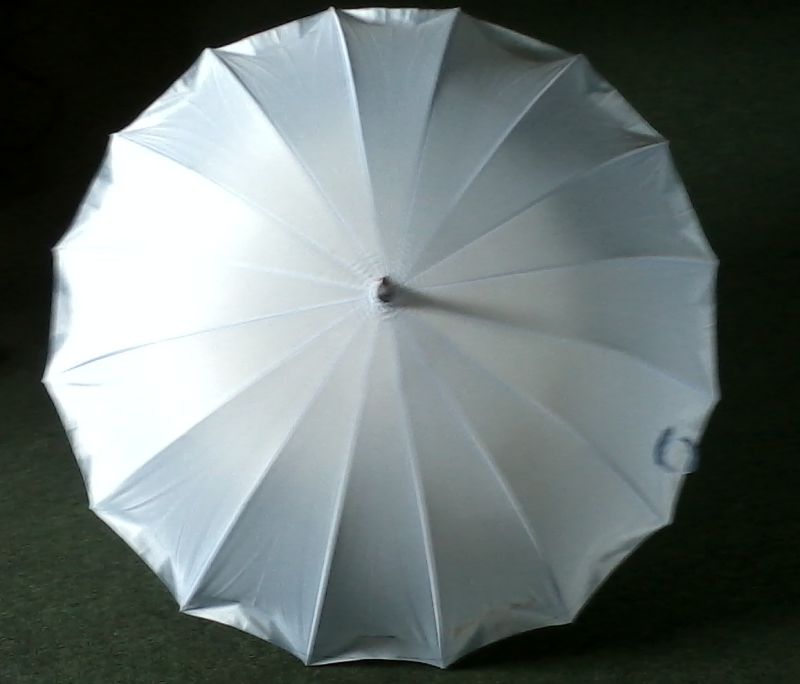
Pleated umbrella (first design)
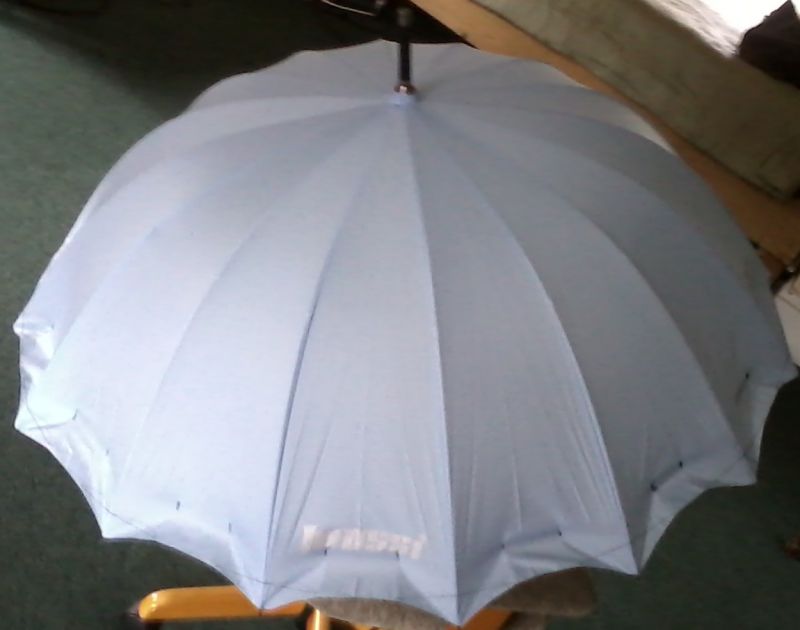
Pleated umbrella (first design)
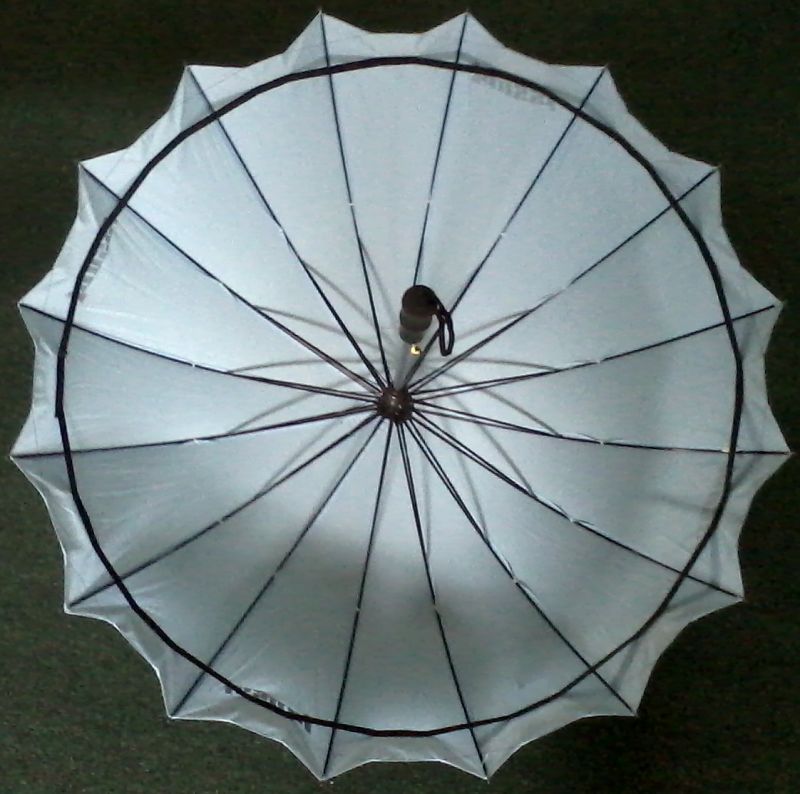
Pleated umbrella (second design)
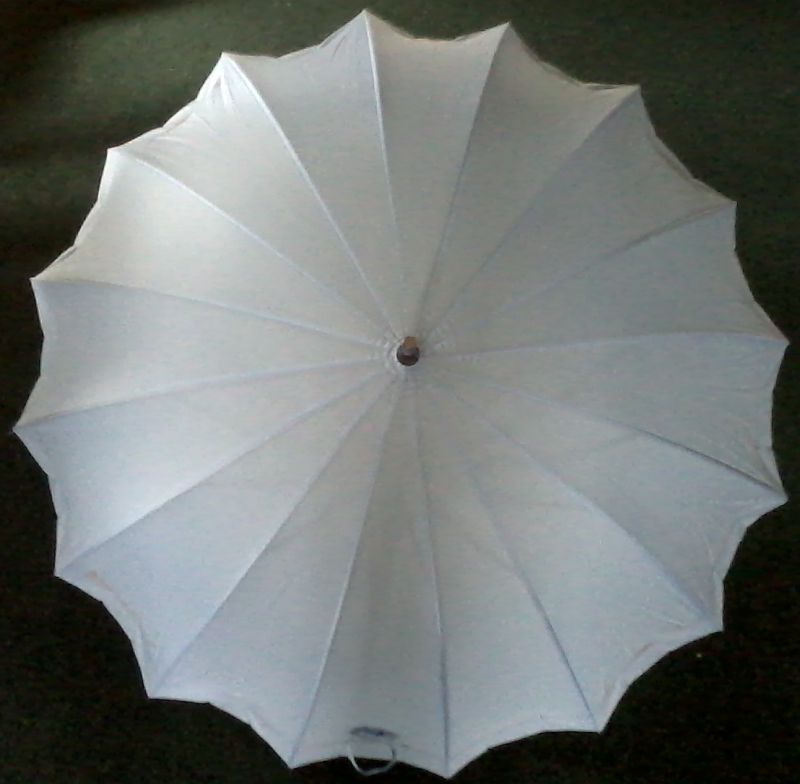
Pleated umbrella (second design)
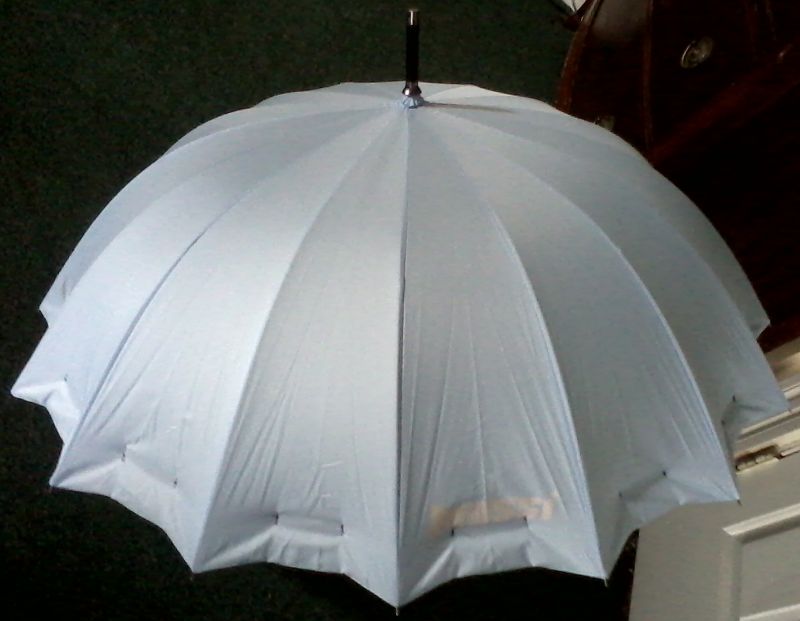
Pleated umbrella (second design)
Basic prototype (2008)
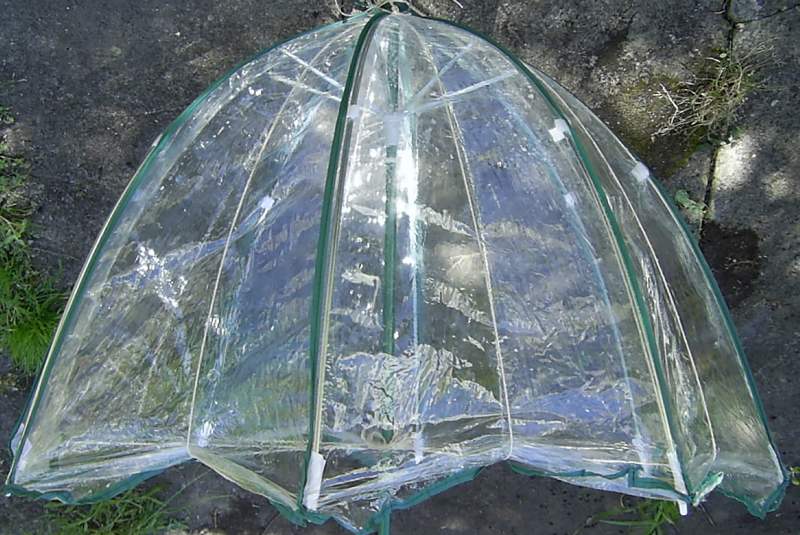
Pleated umbrella
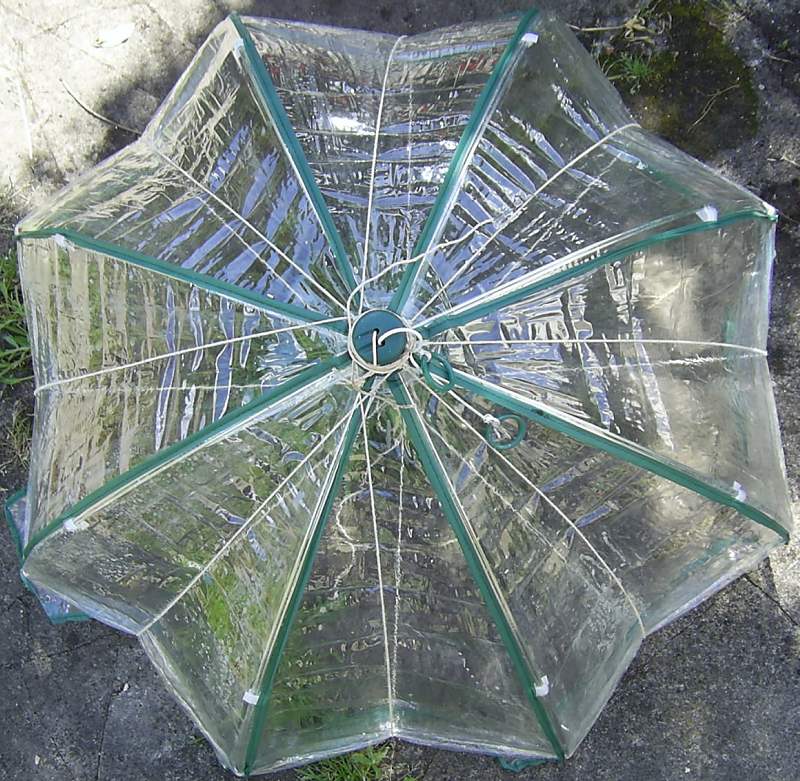
Pleated umbrella

Pleated umbrella - fabric pattern
|